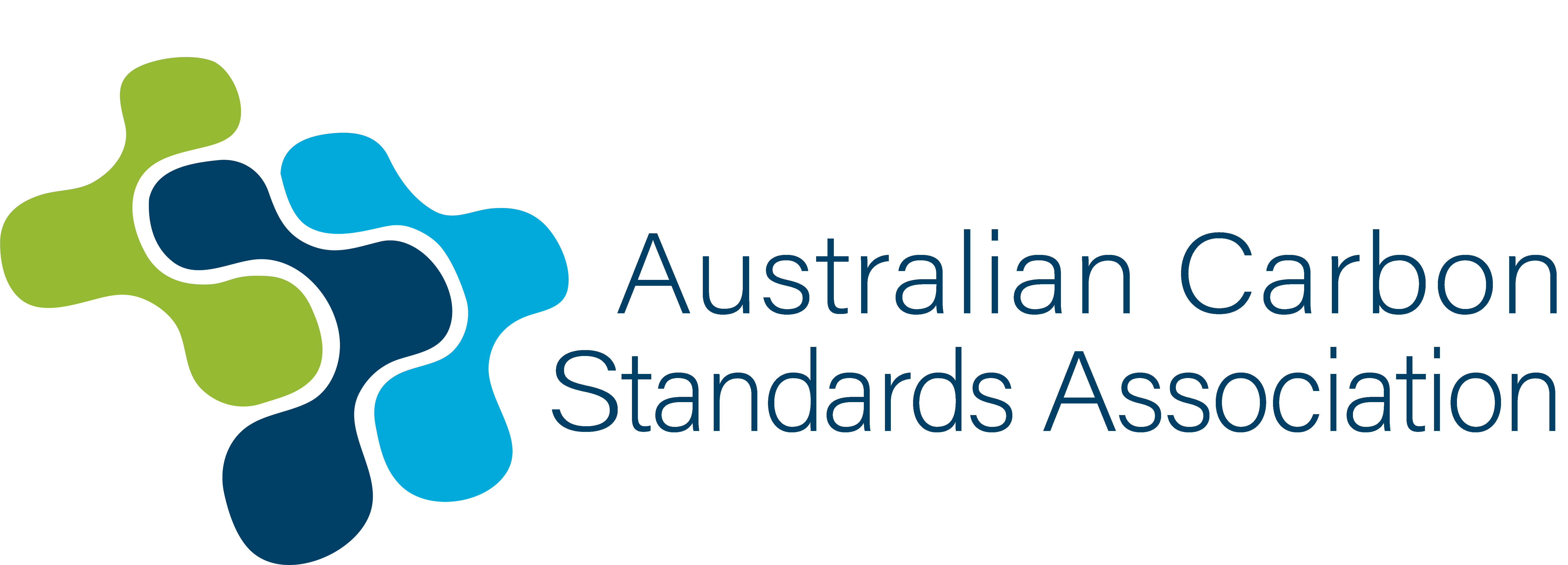Why develop a carbon estimation standard?
“The key to unlocking finance and investment in the carbon industry is to define a standards framework for the risk analysis and valuation process required by banks and investors to support investment in carbon projects and develop guidance and templates”
Industry responses to the Carbon Market Institute’s Carbon Farming Roadmap Implementation Survey (2018)
The need for a standard is so great that it has been said by market participants that without a standard, there will be no effective long-term carbon market in Australia. The development of a standard and the resulting quality assurance is the next step in the evolution of a robust carbon industry and will ensure future integrity.
"Without a standard there will be only a limited, cost constrained carbon market in which small landholders are unable to participate without aggregation services"
Raphael Wood, Market Advisory Group (2018)
The standard will help to address key impediments in the Australian carbon market, including:
- Buyers are finding it difficult to enter into long-term contracts for Australian Carbon Credit Units (ACCUs) with confidence that the project will deliver
- Financial institutions are finding it difficult finance land management projects and invest in carbon and ecosystem services without assurance on the value of the project
- Land managers are finding it difficult to engage in long term contracts with buyers with assurance that the project will deliver.
The standard will:
- Reduce the risk to buyers that the expected delivery is not met and failing to meet their compliance needs and provide liquidity to the carbon market
- Reduce the risk to land managers that their projects do not deliver on their contracts
- Reduce the risks to financial institutions in financing projects
- Provide assurance to federal, state and local governments that any investment in the carbon industry will have certifiable levels of certainty attached to deliverable outcomes
- Improve market integrity by broadening the self-regulation framework for the carbon industry
- Ensure that ACCUs purchased through the ERF are delivered as per the contract requirements
- Reduce the need for government support for emissions reduction (such as the ERF funding)
- Assist in the negotiation of international market linkages.
The Australian Government Emissions Reduction Fund is coming to a close — with only approximately $250 million remaining. As a result, there is now a transition to a more open market where liable entities will become the main buyers. These buyers are seeking to manage their future emission related risks through carbon procurement strategies that include long-term carbon abatement contracts.
"The expected demand for ACCUs over the next 10-20 years is estimated to be over $5 billion"
Raphael Wood, Market Advisory Group (2018)
Pathway to Developing a Standard
The Australian Carbon Standards Association will follow a three stage approach to the development of the standard:
Stage 1 – Test proposed structure and engage technical leads
Stage 2 – Drafting the standards
Stage 3 – Implementation
Stage 1 – Testing proposed structure and engage technical leads
Based on successful standards similar to the proposed Australian Carbon Estimation Standard, the ACSA has been established as an expert-based not-for-profit non-government-organisation. This is similar to the Australasian Code for Reporting of Exploration Results, Mineral Resources and Ore Reserves (‘the JORC Code’) or the Gold Standard Foundation).
The ACSA has been formed as the initial vehicle to manage the implementation and ongoing administration of the standard.
Stage 1 of the implementation pathway will test the proposed structural model. In tandem with the review of the structure, ACSA will engage technical leads and begin formulating the approach to each methodology.

Stage 2 – Drafting the standards
After establishing the structure and committee, the technical leads will begin the drafting stage of the project. This will include engaging technical working groups for each method to design standards that best suits each methodology.
Technical working groups will contain industry experts in the estimation of carbon reserves including:
- Project proponents
- Auditors
- Scientists
- Representatives from relevant government agencies and regulators.
The Australian Carbon Standards Committee will have ultimate oversight of the development of the standard.
Stage 3 – Implementation
Stage 3 will see the standard implemented. This will require the establishment of administration arrangements for the association put the standard in place, certification process for assessing against the standard, and raising awareness of the standard and engaging with relevant parts of the industry.
© Copyright The Australian Carbon Standards Association
